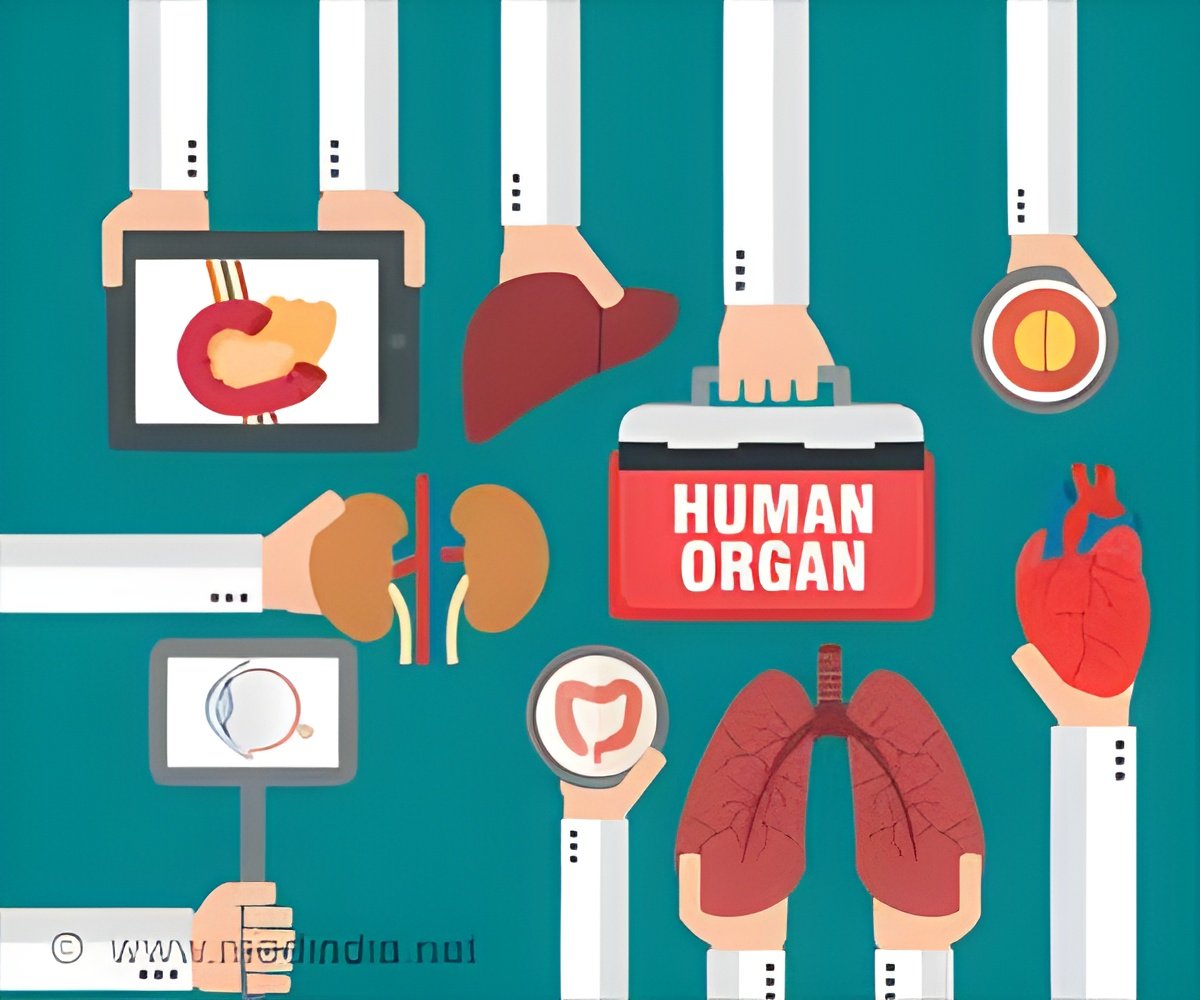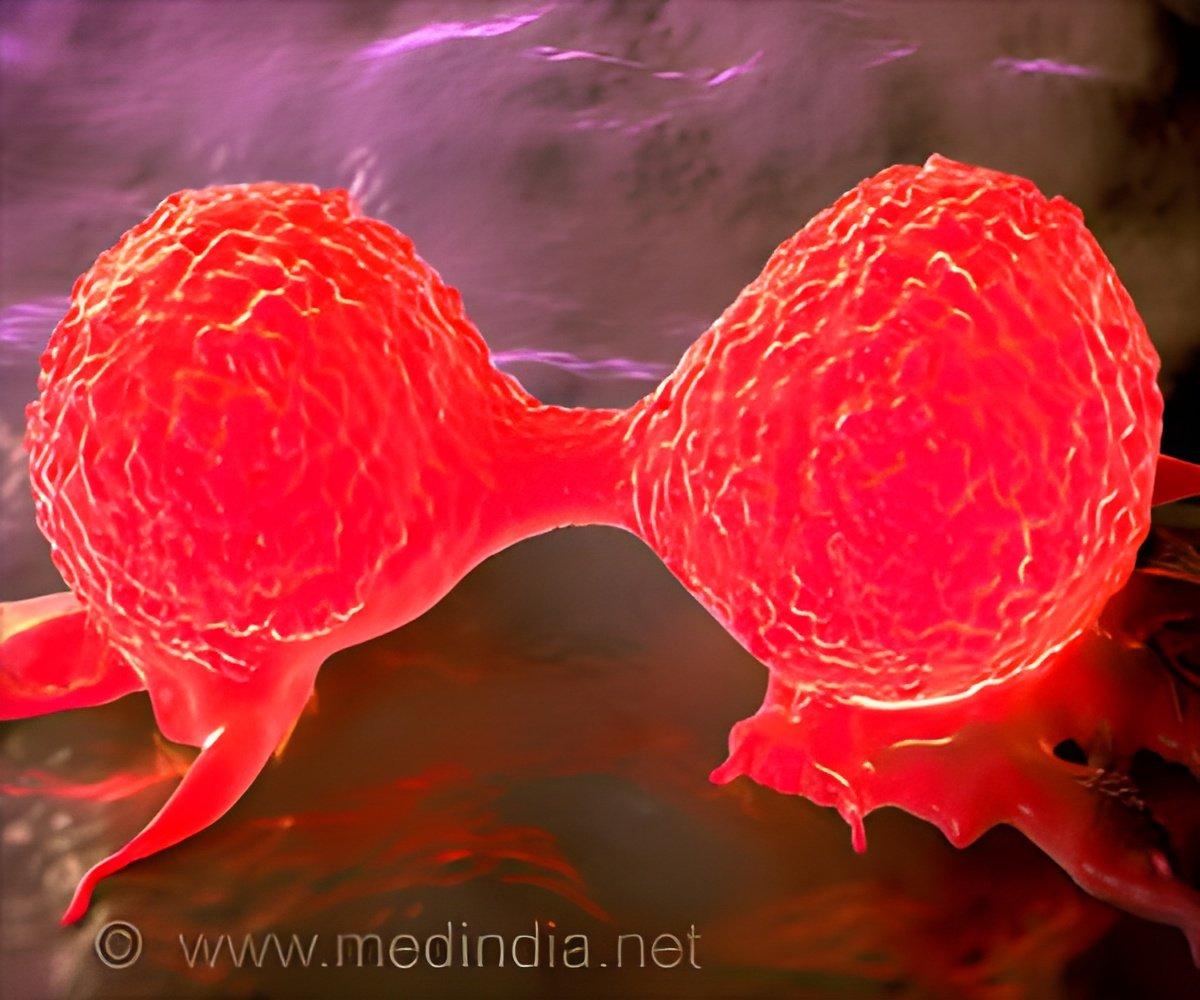
Organ transplantation represents a significant medical breakthrough, but one of the most significant challenges remains the body’s immune system rejecting the transplanted organ. Despite advances in the field, this issue continues to complicate successful long-term outcomes for patients (1✔ ✔Trusted Source
Hypoxia-inducible factor 2α promotes tolerogenic macrophage development during cardiac transplantation through transcriptional regulation of colony-stimulating factor 1 receptor
).
Although a lifetime of immune-suppressing medicine is the standard regimen for transplant recipients, this comes with considerable dangers and side effects, including susceptibility to infection and decreased efficacy of vaccines.
Now, breakthrough research from a new University of Virginia biomedical engineering professor who recently joined both the School of Engineering and Applied Science and the School of Medicine is helping pioneer a new way for the body to accept transplanted organs without compromising the immune system.
Evan Scott is the Thomas A. Saunders III Family Jefferson Scholars Foundation Distinguished University Professor and David Goodman Family Bicentennial Professor of Nanomedicine in the biomedical engineering department, a joint program of UVA’s School of Engineering and Applied Science and School of Medicine, which he joins after 11 years at Northwestern University.
Advertisement
How the Immune System Still Limits Organ Transplant Success
Scott is the co-author of a new article in the journal Proceedings of the National Academy of Science, describing a study in which Scott and fellow researchers used nanoparticles to make the cells of transplanted hearts in mice resistant to attack by their immune system.
“What we’re trying to do is modify the immune system in a controlled and therapeutic way, so that one-day transplant patients won’t have to continuously take the immunosuppressive drugs that they do today, with all the risks they entail,” Scott said.
Beyond the area of transplant, Scott’s new lab at UVA will continue this line of research, which could have implications for other areas that deal with immune rejection, such as diabetes, cell therapy, and autoimmune disorders.
He’ll also lead UVA’s Institute for Nanoscale Scientific and Technological Advanced Research, or NanoSTAR, as a part of the new Paul and Diane Manning Institute of Biotechnology.
“Evan’s innovative work with nanoparticles represents the kind of forward-thinking science that can reshape entire medical fields. We are thrilled to have him join our UVA community,” said Jennifer L. West, Dean of the School of Engineering and Saunders Family Professor of Engineering.
Advertisement
The Immune System’s Dilemma: Friend or Foe?
There are about 4,000 heart transplants in the United States each year, and the number is on the rise. However, in a significant percentage of cases, the body rejects the transplanted organ, misclassifying it as a threat and sending in the immune system to attack.
Existing treatments focus on one of two paths: suppressing the immune system so that it will not attack – but leaving the patient’s immune system compromised to viral and bacterial threats – or building tolerance, which helps the body accept the new organ.
Scott and his lab are focused on the second approach; in the new study, he and his coauthors tried to rewire the cellular-level instructions that cause an immune system to attack a new organ, essentially retraining the immune system to tolerate the new cells.
Advertisement
The Role of Myeloid Cells in Organ Rejection
The body’s immune system uses a wide range of white blood cell types to address a diversity of threats and functions, including pathogenic infection, cancer, and wound healing.
Myeloid cells circulating in the bloodstream are particularly versatile white blood cells, capable of changing into several different forms as required by the task at hand.
When they detect a threat, myeloid cells called monocytes can transform into inflammatory macrophages – attack cells that deal with intruders.
Targeting HIF-2α: A New Therapeutic Strategy
Dr. Scott’s long-term collaborator, Dr. Edward Thorp, discovered that these inflammatory macrophages didn’t always develop in response to transplanted cells.
They found that a particular protein, HIF-2α, influenced this process, as it was present in the hearts of mice who accepted the transplant, but not present in those who rejected the new heart.
For researchers, this meant that the protein could be therapeutically targeted and used to signal to the host’s immune system that the newly transplanted heart cells were OK and did not need to be attacked, preventing the monocytes from transforming into inflammatory macrophages.
The research team therefore developed nanoparticles encapsulating the drug Roxadustat, which increases the levels of HIF-2α in monocytes.
Since the spleen serves as a reservoir for monocytes, this organ was targeted by the nanoparticles to modify circulating white blood cells and maximize the effect of the therapy.
This strategy ensured that a sufficient amount of circulating monocytes were modified to signal the immune system to specifically leave the transplanted heart cells alone while allowing the immune system itself to remain otherwise fully functional.
In the study, mice who received the treatment showed significantly better ability to accept their transplanted hearts.
“We specifically targeted the delivery of the drug directly to the spleen, which proved highly effective. This ability to modify how circulating monocytes respond to their environment has an immense and broad therapeutic potential for treating a variety of different disorders,” Scott said.
Reference:
- Hypoxia-inducible factor 2α promotes tolerogenic macrophage development during cardiac transplantation through transcriptional regulation of colony-stimulating factor 1 receptor
– (https://www.pnas.org/doi/10.1073/pnas.2319623121)
Source-Eurekalert



